6 January 2025
Traveling is always exciting, but let's be honest, no one particularly enjoys the security check process at the airport. It’s like the unsung villain of every journey! The Transportation Security Administration (TSA) has strict rules in place to ensure safety, but these guidelines can sometimes feel like a maze, especially when it comes to knowing the ins and outs of packing for smooth passage through security. Well, fret not—I'm here to help you pack strategically and breeze through those TSA checkpoints.
In this post, we’ll be breaking down some easy-to-follow packing tips designed to get you through security like a pro. Ready? Let’s dive in!
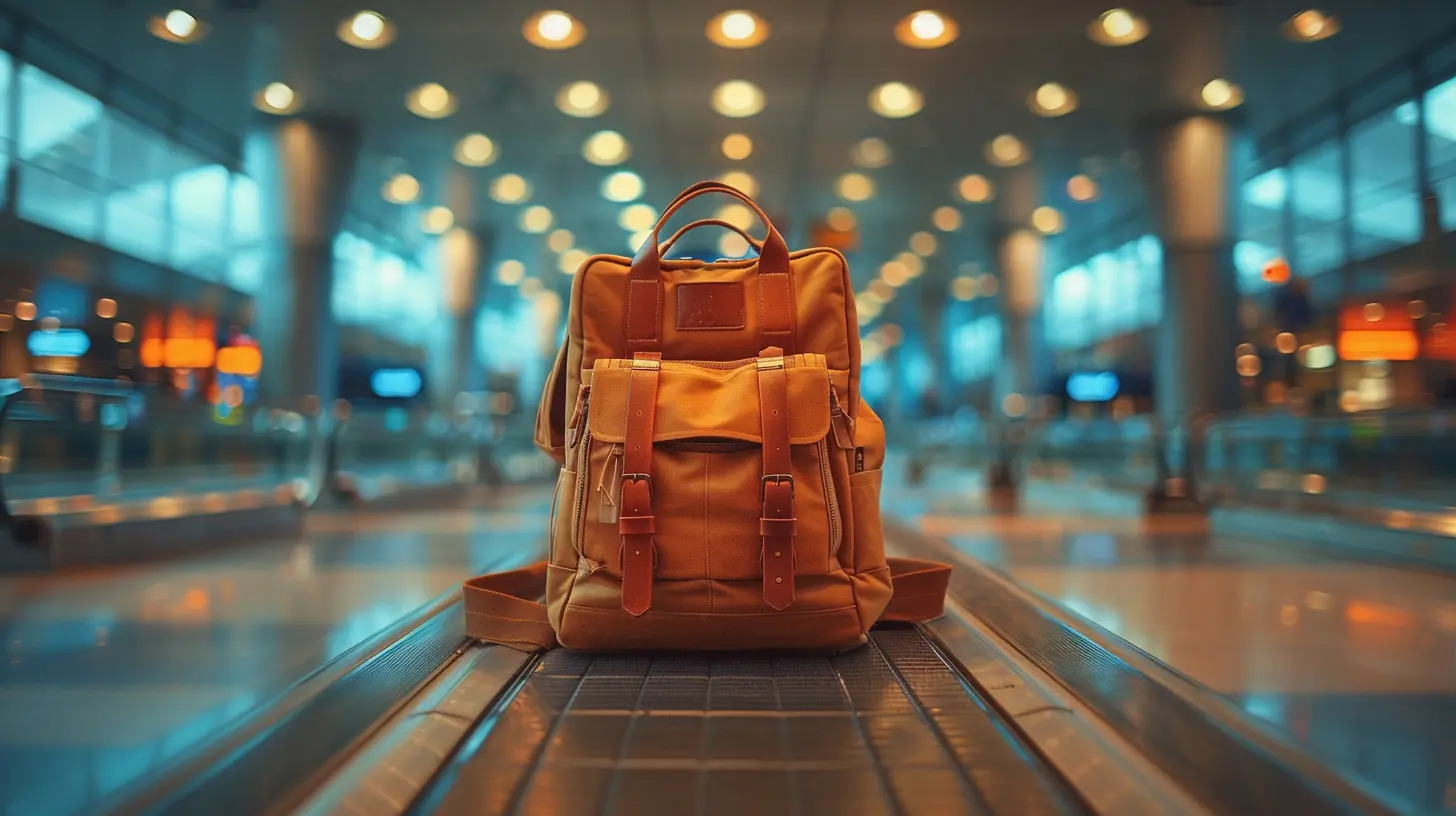
Understanding TSA's Mission (And Why It's Important)
Before we get into the nitty-gritty of packing, let's first acknowledge why TSA rules exist in the first place. The TSA is there to ensure all passengers are safe and secure. Their job is to prevent any dangerous items from getting on planes, like explosives or weapons. While the process might seem inconvenient, it’s comforting to know that everyone’s safety is the top priority.That being said, don't let security checks feel like a hurdle. With the right prep, they can be just another step in the journey, not the headache many people think they are.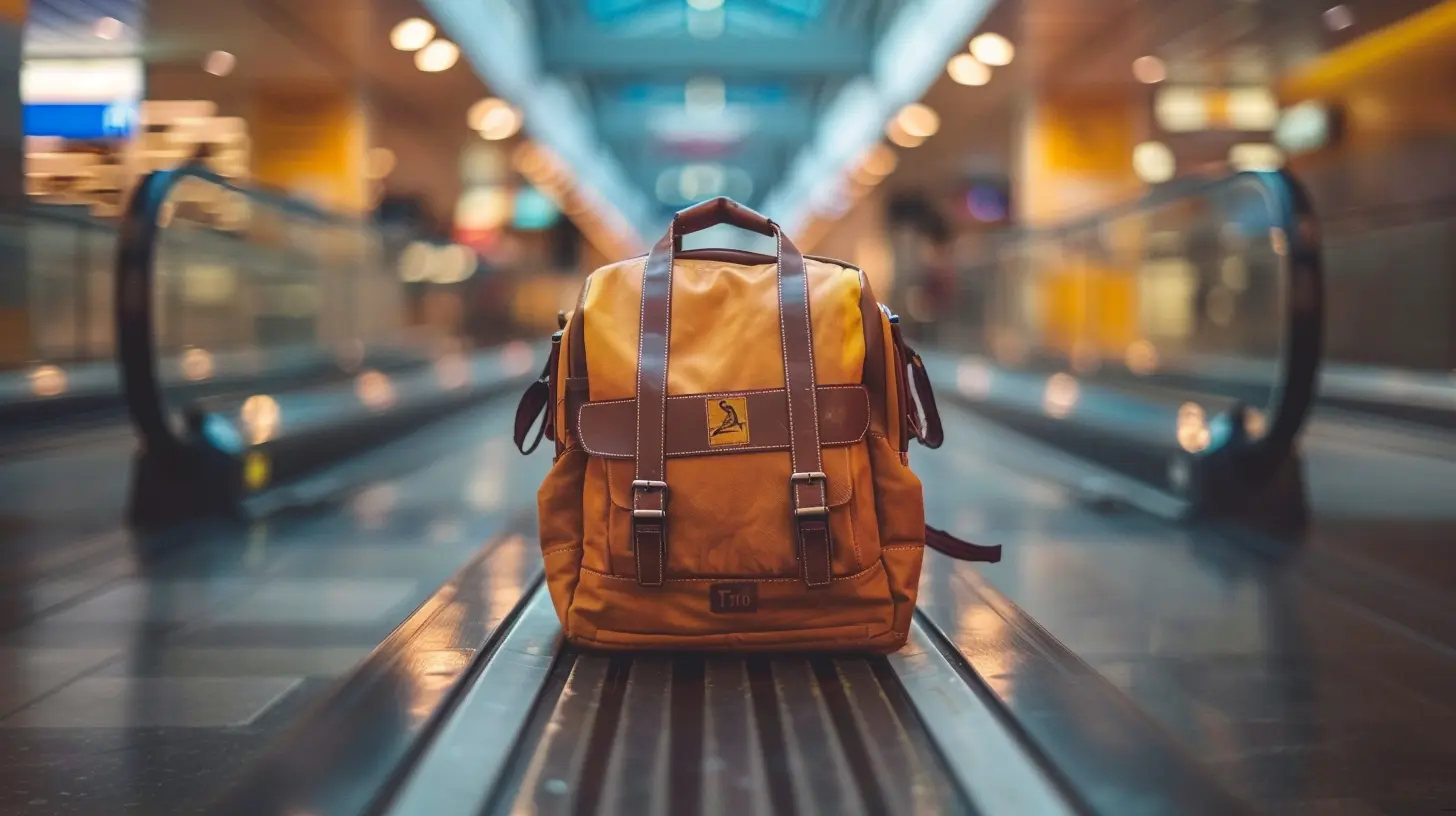
1. Know the TSA Basics: The 3-1-1 Rule
Understanding this one simple rule could save you a lot of confusion. TSA’s 3-1-1 rule dictates the amount of liquids, gels, and aerosols you can bring in your carry-on luggage.What is the 3-1-1 Rule?
- 3: You can bring containers of liquids or gels, but each one must be 3.4 ounces (100 milliliters) or smaller.- 1: All these containers must fit into one quart-sized, clear plastic zip-top bag.
- 1: You’re allowed one bag per passenger.
It's as simple as that. But trust me, this rule can trip up even seasoned travelers. If your liquids don't follow this rule, they’ll have to be tossed out at the security checkpoint, which no one wants!
Pro Tip: It’s better to preempt TSA and have your liquids bag ready at the top of your carry-on so you can easily remove it and place it in a bin during screening.
What Can You Bring?
- Toiletries like shampoo, conditioner, toothpaste, and moisturizer are allowed as long as they meet the size requirements.- Non-liquid products such as bar soap, solid deodorant, and powder cosmetics are completely fine and don't need to be packed in the liquids bag.
Quick Tip: Have a favorite liquid perfume? Swap it for a solid perfume stick or fragrance oil to avoid the hassle altogether.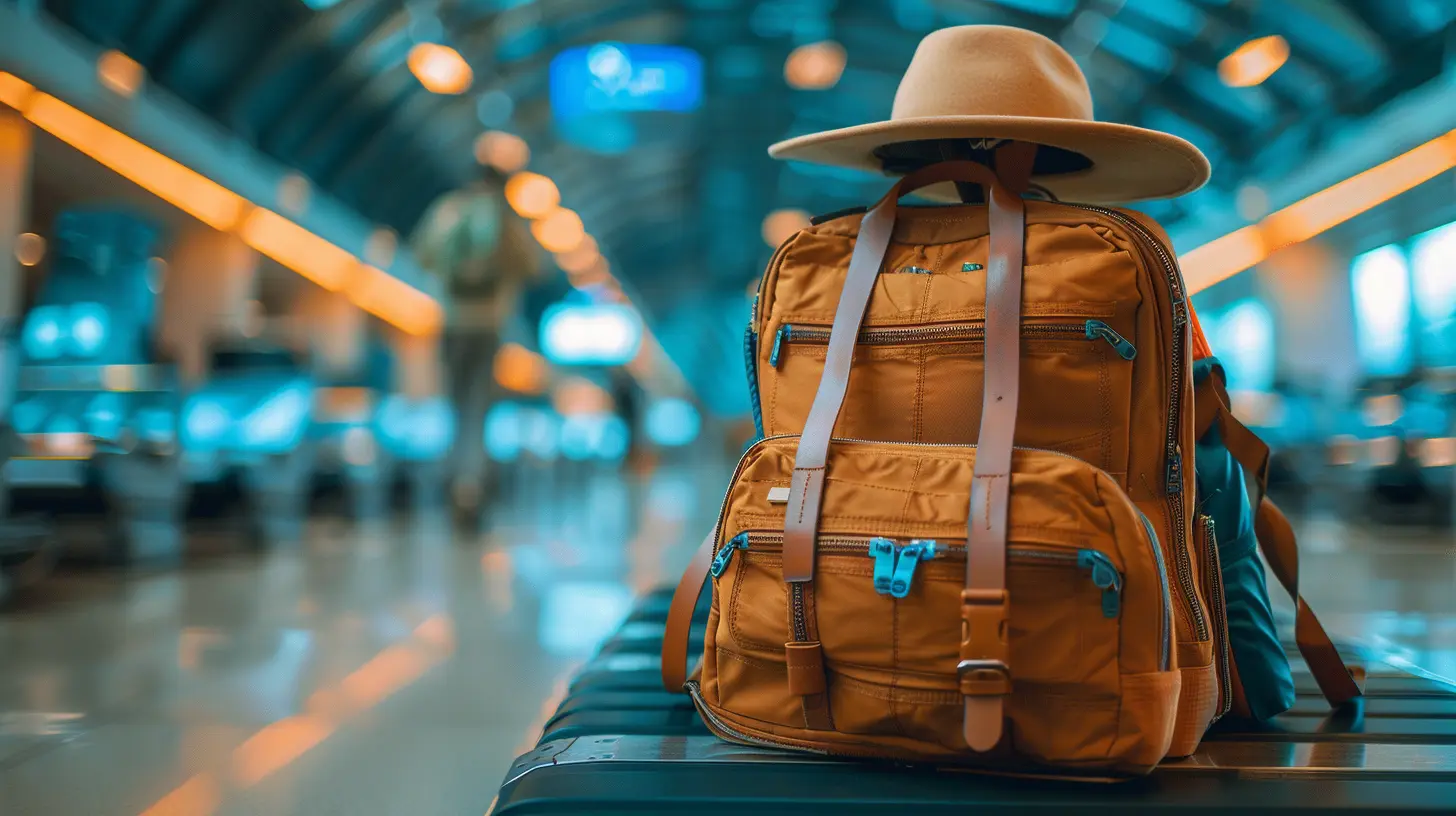
2. Opt For TSA-Friendly Electronics Arrangements
Electronic gadgets—phones, tablets, laptops, e-readers—are a part of nearly every traveler's packing list. But how you pack them can make a world of difference in how smoothly you move through TSA.Pack Laptops and Large Electronics Separately
The TSA typically requires laptops and larger electronics (like game consoles or cameras) to be removed from your carry-on and placed in a separate bin for scanning. To make this process easy, pack your laptop in an easily accessible spot in your bag. Many backpacks now come with dedicated laptop sleeves just for this purpose!Pro Tip: Consider investing in a TSA-compliant laptop bag, where the laptop compartment lays flat on the X-ray belt. That way, you won't even need to take it out of the bag!
Organize Cords and Chargers
Ever had a tangled mess of wires set off a screening alarm? Yeah, it’s not fun. Electronics chargers, headphones, and other cables can get jumbled in your bag. To prevent this, use small pouches or cord organizers to keep everything neat and easy to access.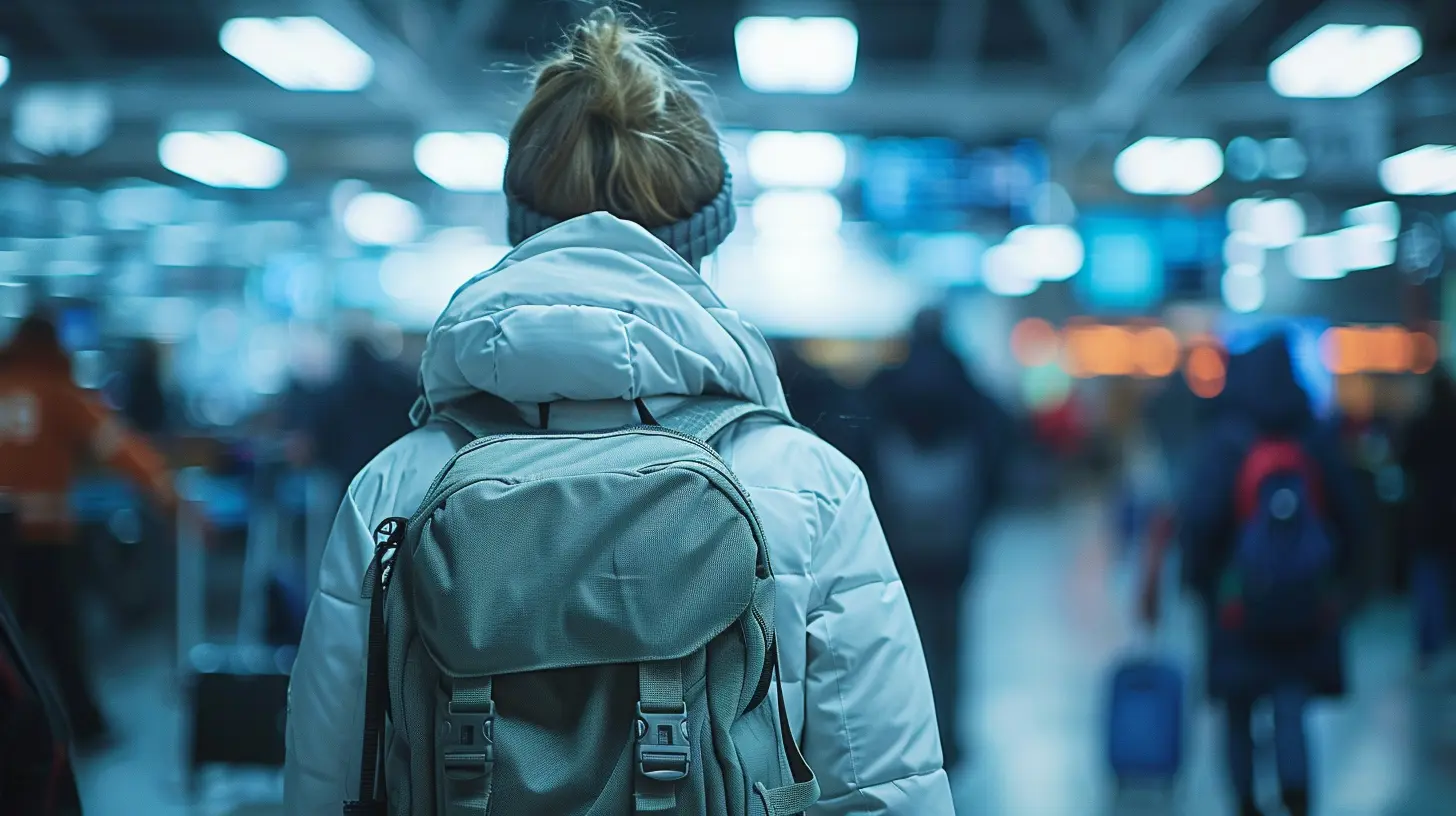
3. Wear Smart, Pack Smarter: Dress for Security Checks
What you wear to the airport can also determine how quickly you get through security. TSA screenings involve going through metal detectors and, at times, full-body scanners. Your attire matters.Skip Metal Accessories
While I love accessorizing as much as the next person, heavy jewelry or belts can cause unnecessary delays. If possible, avoid wearing any metal that you would need to take off at the checkpoint. Instead, pack those items in your carry-on and put them on after you’re through security.Easy-Off Shoes Are Key
You'll most likely be asked to remove your shoes at the checkpoint (unless you're part of TSA PreCheck). Avoid wearing complicated footwear like lace-up boots or sandals with buckles. Opt for slip-on shoes to make things quicker.Pro Tip: Since you will be walking barefoot through security, a pair of easy-to-slip-on socks is always a good idea!
4. Pack Smart to Avoid Additional Screening
The way you pack your bag can influence how easily TSA agents can inspect it. A cluttered or disorganized bag is more likely to be flagged for secondary screening—yikes, right? By packing smartly, you can minimize the risk of having your bag pulled aside.Keep It Neat
A tightly packed bag makes it difficult for security agents to see what’s inside clearly. Try to keep your belongings organized and spaced out. Packing cubes are a traveler's secret weapon here! They allow you to separate your clothing into different sections, making your suitcase or carry-on easier to navigate.Be Aware of Prohibited Items
This one may seem obvious, but it’s still worth stating: make sure you’re not packing any prohibited items. You’d be surprised how many travelers show up with things like pocket knives or large bottles of water in their carry-on. A full list of prohibited items can be found on the TSA website, but here are some of the most common items to avoid:- Weapons (even toy ones!)
- Any flammable liquids
- Large scissors or other sharp items
- Fireworks, flares, or explosives (seems obvious, but it happens!)
5. Consider TSA PreCheck or Global Entry
If you travel often, it might be worth applying for TSA PreCheck or Global Entry. These programs allow you to go through expedited security lanes, meaning less time waiting and fewer hassles.TSA PreCheck, for instance, allows you to go through security without taking off your shoes, belt, or jacket, and you don’t need to remove your laptop or liquids from your bag either. Global Entry offers the same perks, plus you get expedited customs screening when returning from international trips.
Pro Tip: Both programs cost money, but they’re good for five years and can save you a lot of headaches when traveling!
6. Pack Your Snacks Wisely
Yes, you can bring food through TSA! But it’s important to be mindful of the guidelines.Solid Foods Are Your Friend
Solid foods such as sandwiches, granola bars, apples, or chips are allowed through security without issue. Just be sure to avoid liquids or creamy items like peanut butter, yogurt, or soup unless they're in containers smaller than 3.4 ounces.Pro Tip: If you’re carrying pre-packaged snacks, keep them in their original packaging to avoid raising any suspicion.
7. Traveling With Kids or Pets? Plan Ahead!
Traveling with young children or pets brings an extra layer of complexity to your trip, but TSA has some exceptions and tips that can help make your journey smoother.For Parents:
- Formula, Breast Milk, and Baby Food: These are allowed even in volumes greater than 3.4 ounces, but make sure to inform TSA officers at the beginning of the screening process.- Strollers and Car Seats: These will need to be screened as well, so be ready to fold them up and place them on the conveyor belt.
For Pet Owners:
- Your pets (dogs, cats, etc.) will need to go through the screening process, but don’t worry—TSA officers will guide you. You’ll need to carry your pet through while their carrier is scanned separately.Pro Tip: The TSA website has detailed guidelines on flying with children and pets, so check it out before your trip!
8. Dealing with Medications
Medications are allowed through TSA checkpoints, but there are some tips to keep in mind:- Pack in Original Packaging: It helps to keep your prescription medication in its original packaging, especially for international travel.
- No Volume Limit for Medications: Medications in liquid form are not subject to the 3-1-1 rule, but you should inform the TSA officer that you are carrying the medication.
Pro Tip: It’s always smart to carry a copy of your prescription(s), especially when traveling internationally.

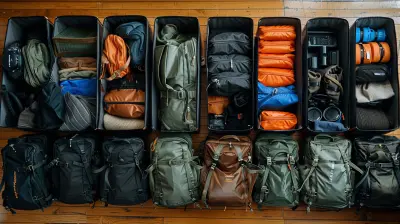







Ace Hunter
Great tips for hassle-free travel!
February 24, 2025 at 5:57 AM